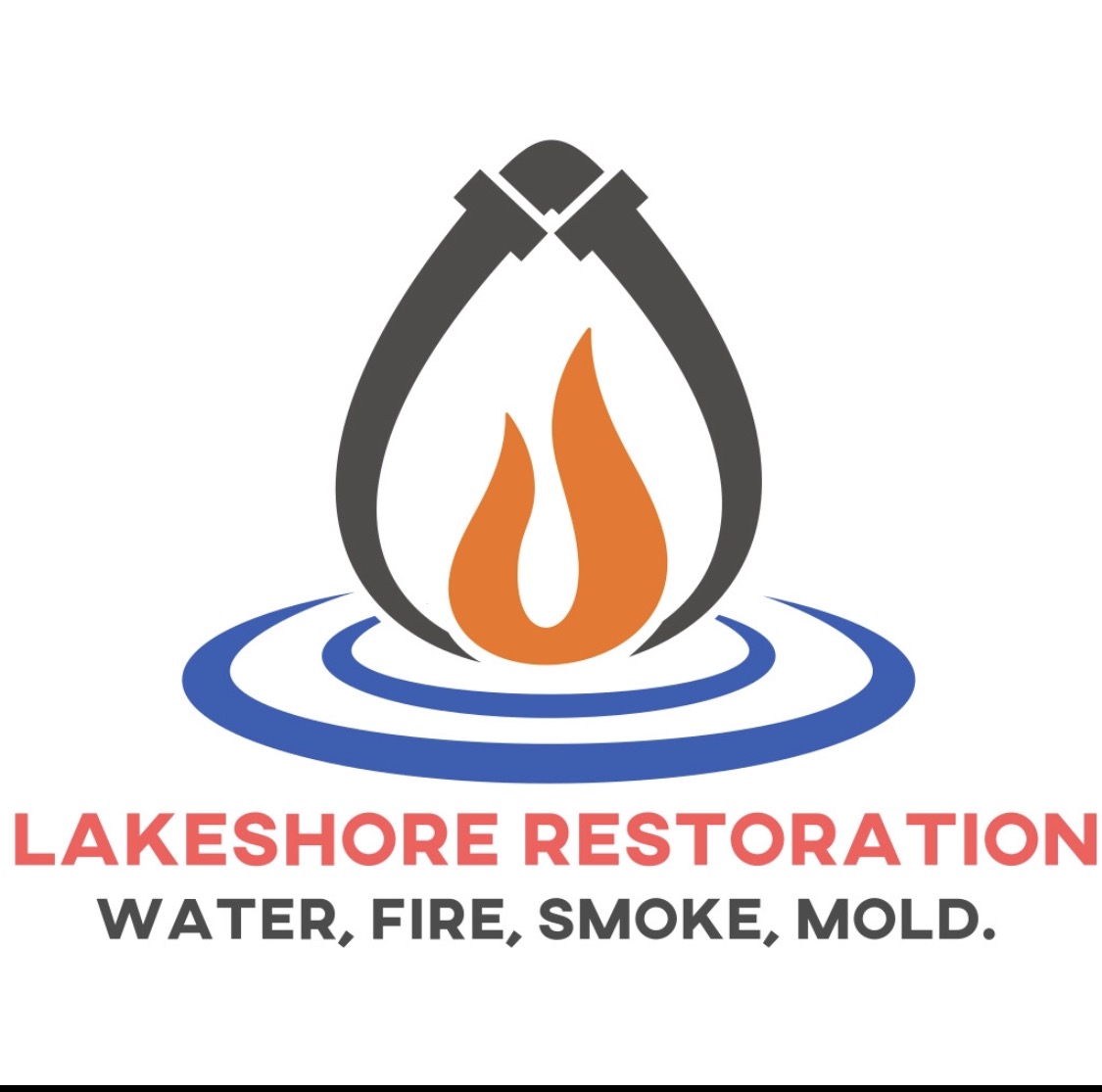The Importance of Indoor Air Quality Testing in Your Home
- Lakeshore Restoration LLC

- Oct 16
- 3 min read
Indoor air quality is a critical aspect of maintaining a healthy and comfortable living environment. Many people focus on outdoor pollution but often overlook the air inside their homes. Poor air quality indoors can lead to various health problems, including allergies, respiratory issues, and even long-term diseases. Understanding the importance of home air quality testing can help you take proactive steps to ensure your living space is safe and clean.
Why Home Air Quality Testing Matters
Indoor air can be more polluted than outdoor air due to various sources such as cleaning products, building materials, mold, and pet dander. Testing your home's air quality helps identify harmful pollutants like carbon monoxide, radon, volatile organic compounds (VOCs), and particulate matter. Knowing what contaminants are present allows you to address them effectively.
For example, if radon levels are high, you can install mitigation systems to reduce exposure. If mold spores are detected, you can take steps to eliminate moisture and clean affected areas. Without testing, these invisible threats can go unnoticed, putting your health at risk.
Regular home air quality testing is especially important for households with children, elderly members, or individuals with asthma or allergies. It ensures that the air they breathe supports their well-being.
How Home Air Quality Testing Works
Home air quality testing involves measuring the concentration of various pollutants in your indoor environment. Professionals use specialized equipment to collect air samples and analyze them for contaminants. Some common tests include:
Radon testing: Measures the presence of radon gas, a radioactive element that can cause lung cancer.
Carbon monoxide detection: Identifies dangerous levels of this odorless, colorless gas.
VOC testing: Detects chemicals released from paints, cleaning agents, and furniture.
Mold inspection: Finds mold spores that can trigger allergic reactions.
Testing can be done using DIY kits or by hiring certified experts. While DIY kits are affordable and convenient, professional testing provides more accurate and comprehensive results.
After testing, you will receive a detailed report explaining the findings and recommendations for improving your home's air quality. This may include ventilation improvements, air purifiers, or removal of pollutant sources.
How much does an indoor air quality test cost?
The cost of an indoor air quality test varies depending on the type of test and the size of your home. Basic tests like radon or carbon monoxide detection can range from $50 to $150. More comprehensive testing that includes multiple pollutants and mold inspection may cost between $200 and $600.
Factors influencing the price include:
Testing method: Professional services are more expensive than DIY kits.
Number of rooms tested: Larger homes require more sampling points.
Urgency: Expedited services may incur additional fees.
Investing in a thorough test is worthwhile because it provides peace of mind and helps prevent costly health issues or home repairs in the future.
Practical Steps to Improve Your Home’s Air Quality
Once you have the results from your indoor air quality testing, you can take several actions to improve your home's air:
Increase ventilation: Open windows regularly or use exhaust fans to circulate fresh air.
Use air purifiers: Choose models with HEPA filters to capture fine particles.
Control humidity: Keep indoor humidity between 30-50% to prevent mold growth.
Avoid smoking indoors: Tobacco smoke is a major indoor pollutant.
Choose low-VOC products: Select paints, cleaners, and furniture with low chemical emissions.
Regular cleaning: Dust and vacuum frequently to reduce allergens.
Implementing these measures can significantly enhance the air quality and create a healthier living space for you and your family.
Taking Action for a Healthier Home Environment
Understanding the importance of home air quality testing is the first step toward a safer and more comfortable living space. By identifying pollutants early, you can prevent health problems and protect your loved ones. Regular testing combined with practical improvements ensures your home remains a sanctuary of clean, fresh air.
Make it a habit to schedule air quality tests periodically, especially if you notice symptoms like headaches, allergies, or respiratory discomfort. Taking proactive measures today will pay off in long-term health benefits and peace of mind.



Comments